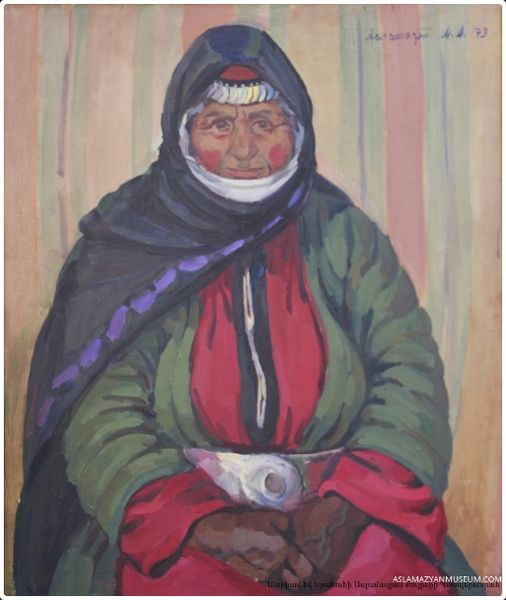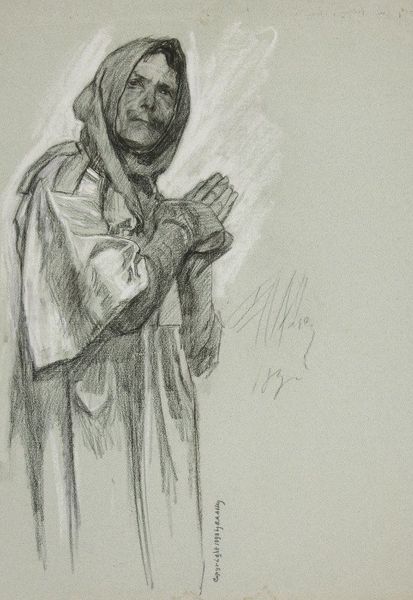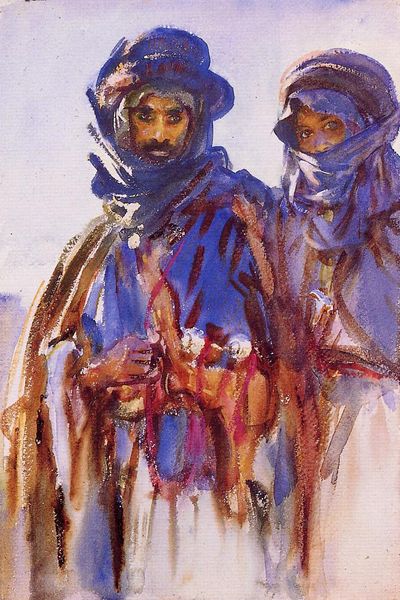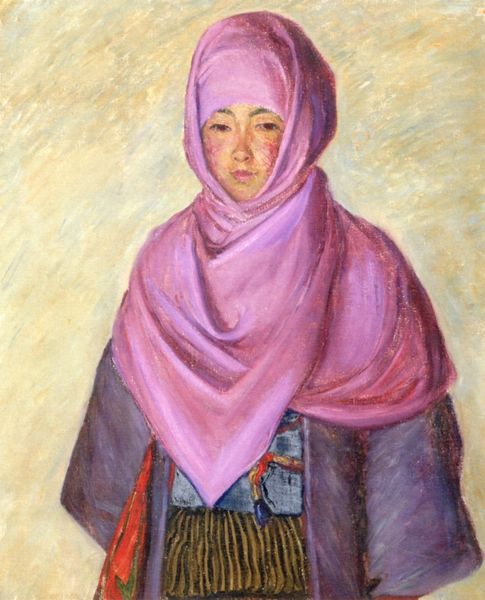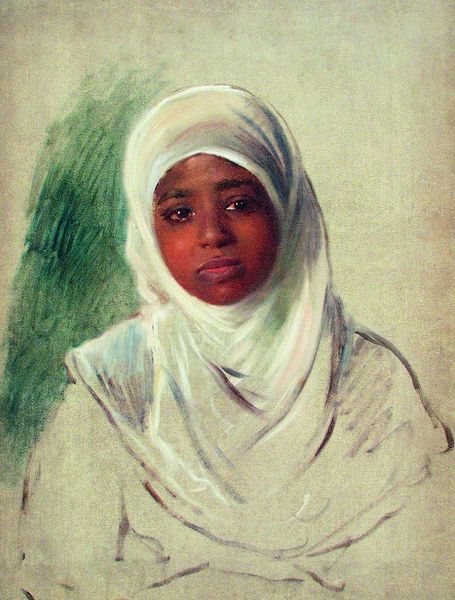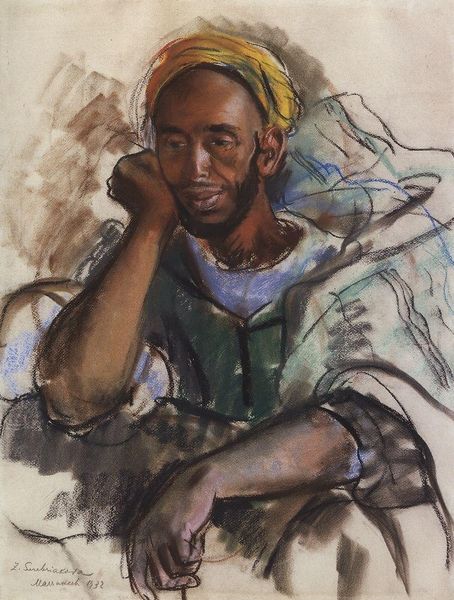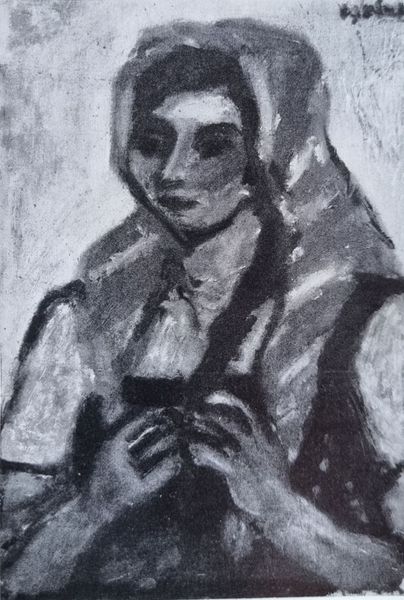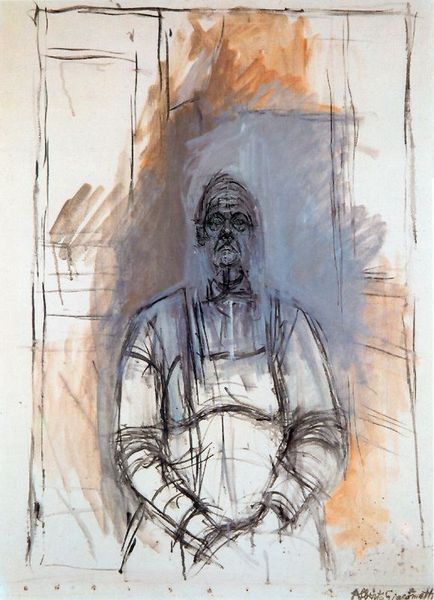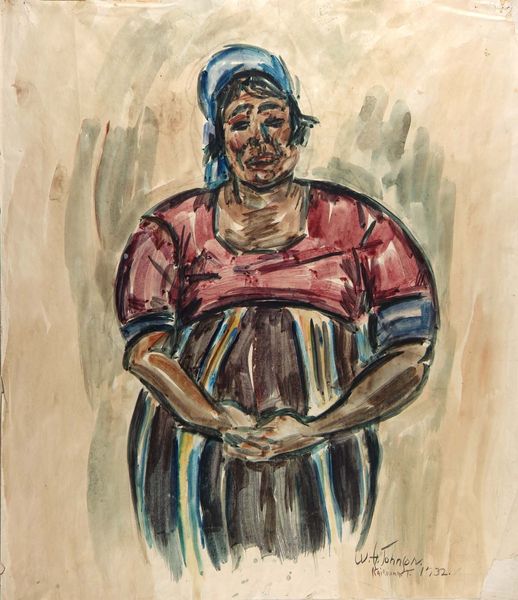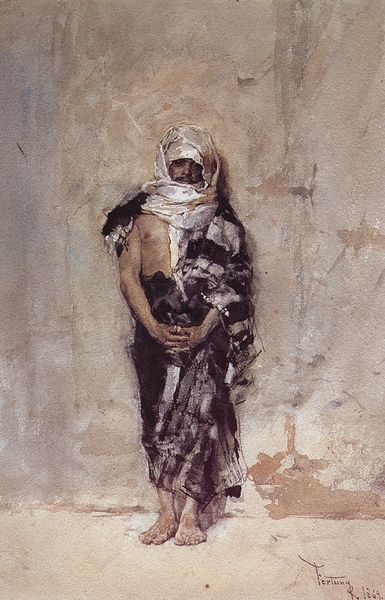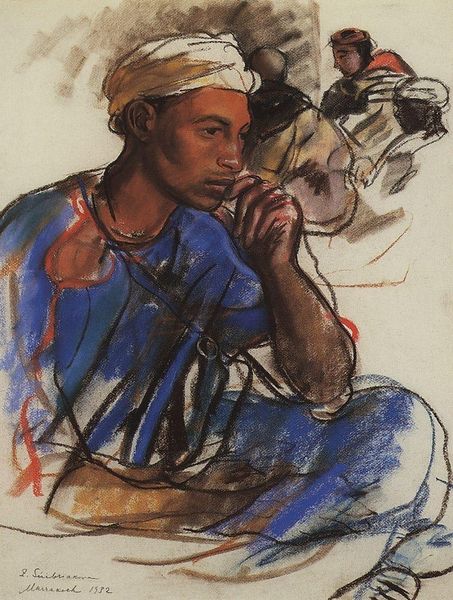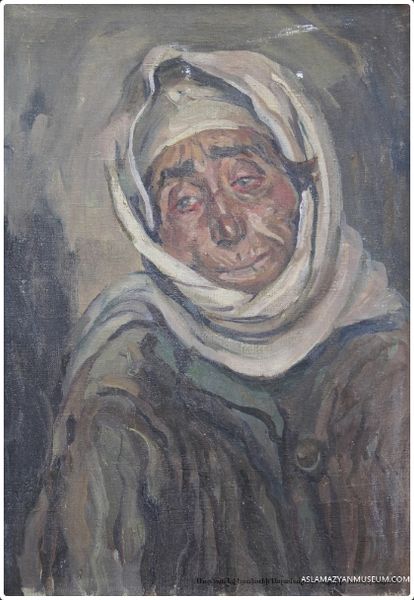
drawing, pastel
#
portrait
#
drawing
#
orientalism
#
pastel
#
realism
Copyright: Zinaida Serebriakova,Fair Use
Curator: Here we have "Moroccan in Blue," a pastel drawing created in 1932 by Zinaida Serebriakova. What strikes you about this portrait? Editor: It's incredibly soft, almost dreamlike. The subject's gaze is direct, but there's a pensiveness to it. I'm immediately drawn to the limited color palette and how she manages to get so much depth using only a few pastel shades. Curator: Absolutely. Serebriakova spent time in Morocco, captivated by the culture and people. You see her exploring themes related to Orientalism, a style used by Western artists representing aspects of Middle Eastern, North African, and Asian cultures. It’s worth considering this context while observing her realistic, yet stylized depiction. Editor: Right, we have to remember that "Orientalism" isn’t a neutral lens. It can reflect colonial power dynamics and perpetuate stereotypes. The pose, the blue clothing, even the very title "Moroccan in Blue" evokes a sense of exoticism. Curator: Agreed, but there's also an undeniable empathy in her work. Notice the careful rendering of the subject's features. It doesn’t feel overtly objectified. To me, this suggests Serebriakova's deep curiosity and respect. There is certainly the need for a degree of artistic interpretation, even idealization, here, while rendering such a close likeness of a sitter who must be assumed a total stranger to her. Editor: Yes, the individual comes across as more than just an exotic 'type,' there's complexity in those eyes. And considering that it's created using pastels, we can really appreciate the fragility of identity. In terms of activism, it can be said, that the representation can be used as the antithesis of all postcolonial causes. Curator: And also about capturing the elusive essence of a fleeting encounter. I wonder about the stories and exchanges, real or imagined, behind its conception. Does this portrait represent what Zinaida found when discovering new places and people? How would she interpret a person when presented outside of his traditional geographical context? How well do the feelings on each side intersect, or even find mutual support. Editor: It definitely prompts many questions, reminding us of the complicated dialogue of identity, representation, and artistic expression, inviting us to think more critically and empathetically about the artwork. Curator: Well put. "Moroccan in Blue" provides a vivid encounter between two very distant realities; the sitter and the artist's world. An exploration of form, color, and the intimate dance between the artist and subject in the context of vastly diverse cultural influences.
Comments
No comments
Be the first to comment and join the conversation on the ultimate creative platform.

